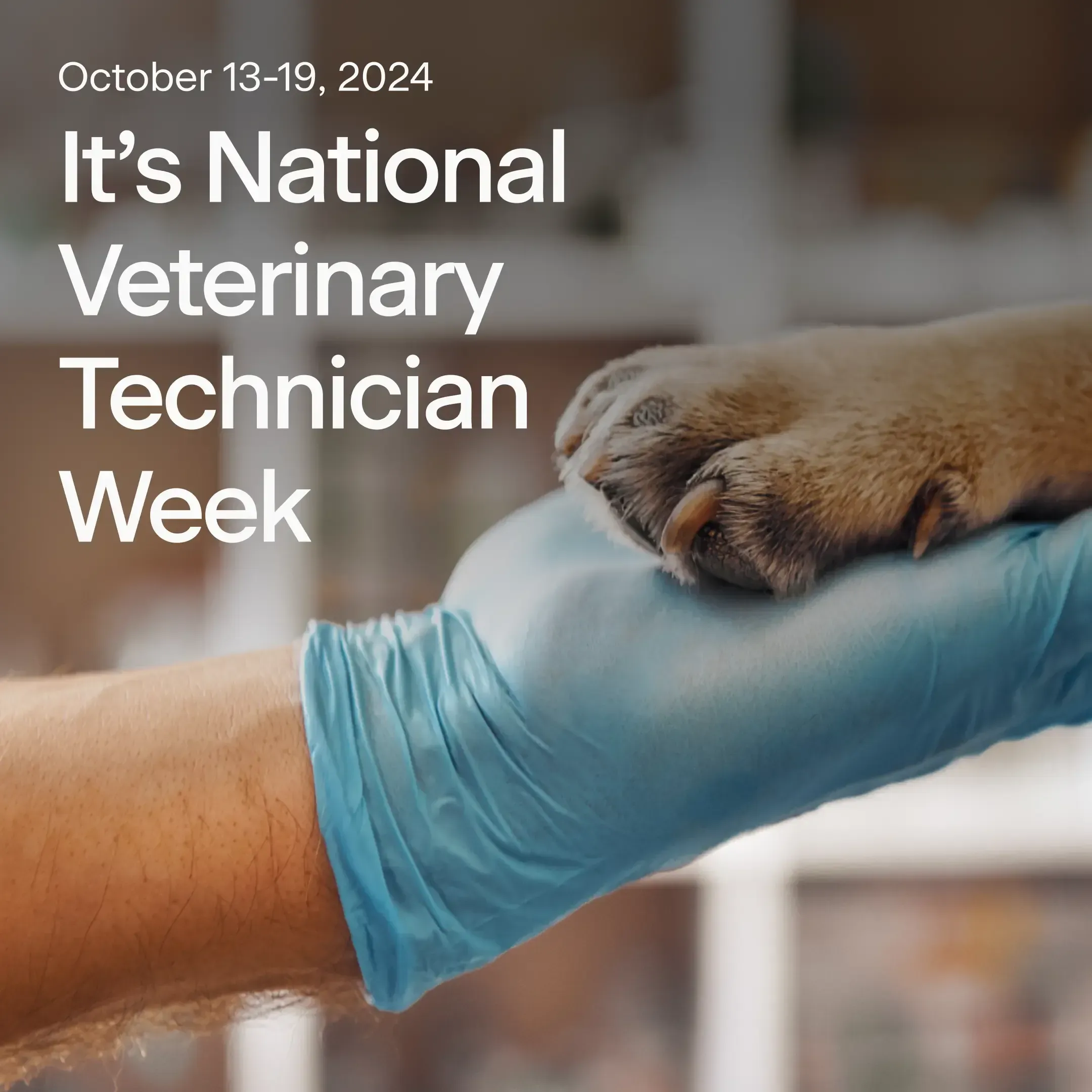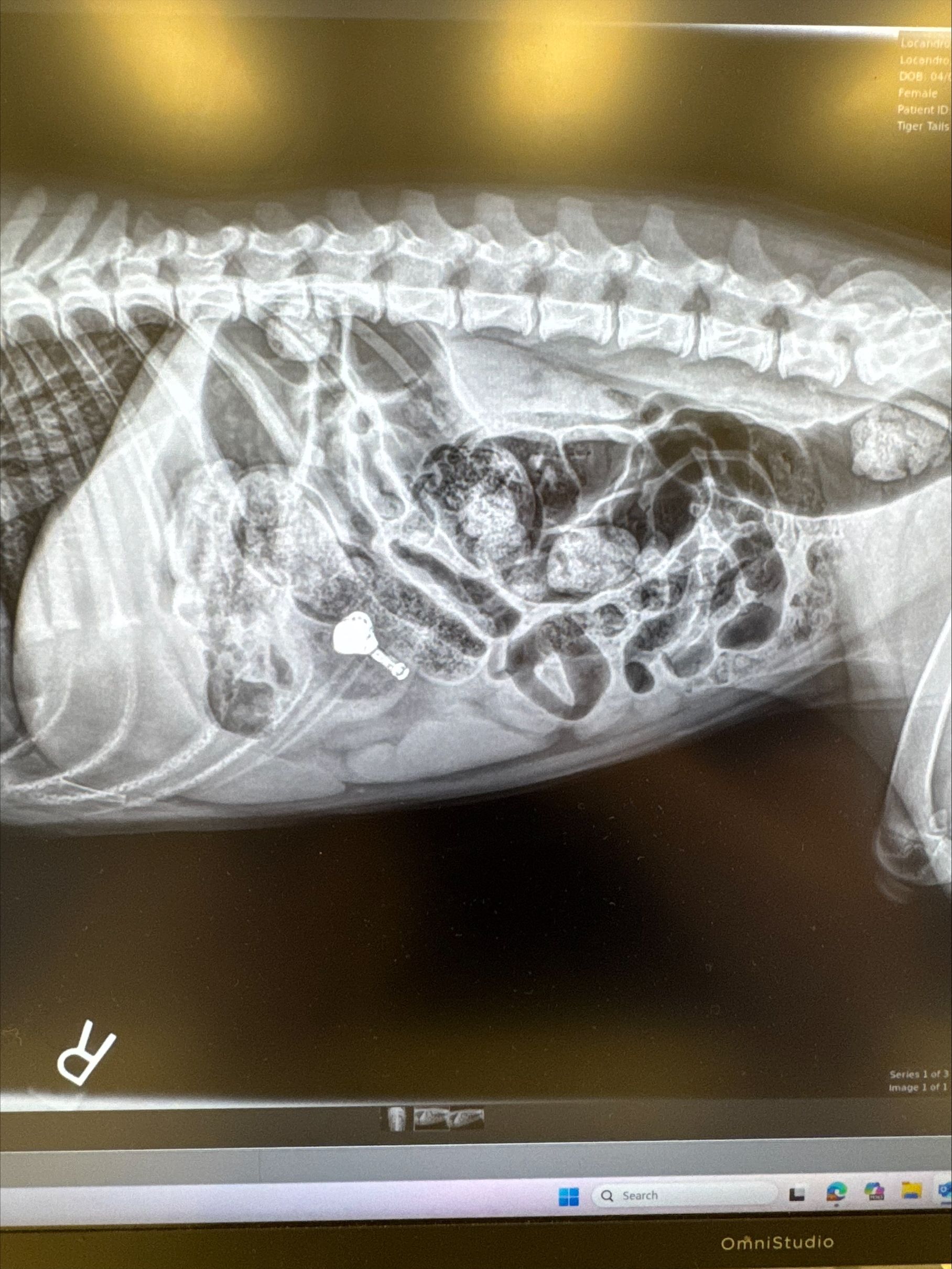Bringing home a new pet is an exciting milestone. Most families spend time researching the right breed, size, and personality to fit their lifestyle. But beyond choosing between a Golden Retriever or a rescue tabby, it’s equally important to understand the common medical emergencies associated with different types of pets.
In this guide, we highlight some of the breed-specific emergency veterinary conditions seen at Ruby Veterinary Urgent Care. Our goal is to help you feel informed and ready before you even bring your new pet home.
If You Have a Male Cat, Know About: Urethral Obstruction
Male cats are at high risk for urethral obstruction, a condition in which the urethra becomes blocked, making it impossible to urinate. This is a life-threatening emergency, and any straining to urinate in a male cat should be treated urgently.
Key Facts:
- Obstructions may be physical (e.g., crystals) or stress-induced (FIC).
- Treatment involves urinary catheterization to clear the blockage and hospitalization on IV fluids.
- Prevention includes stress reduction, prescription urinary diets, pheromone sprays, and multiple litter boxes.
If You Have an Older Large-Breed Dog, Know About: Hemangiosarcoma
Large-breed senior dogs are prone to splenic tumors, often hemangiosarcoma. This malignant cancer can rupture suddenly and cause internal bleeding.
Key Facts:
- Emergency splenectomy is often the only option.
- Around 70% of splenic masses are cancerous.
- Twice-yearly vet checkups can help catch concerns early.
- Advances in chemotherapy offer improved survival times.
If You Have an Unspayed Female Dog, Know About: Pyometra
Pyometra is a life-threatening uterine infection that affects older, unspayed female dogs. It often requires emergency surgery to resolve.
Key Facts:
- Risk increases with age and repeated heat cycles.
- Pyometra is entirely preventable through spaying at the recommended age.
- Common signs include lethargy, vaginal discharge, vomiting, and decreased appetite.
If You Have an Unspayed Female Cat, Know About: Mammary Carcinoma
Unspayed female cats face a significantly higher risk of developing mammary cancer, also known as breast cancer or mammary carcinoma.
Key Facts:
- 85% of feline mammary tumors are malignant (cancerous).
- Spaying before 6 months of age can reduce the risk by up to 91%.
- Mammary tumors are hormone-sensitive. Early spaying eliminates estrogen exposure, greatly reducing the likelihood of cancer.
If You Have an Older Cat, Know About: Saddle Thrombus (FATE)
Older cats with undiagnosed heart disease may develop saddle thrombus, a blood clot that travels from the heart to the back legs and cuts off circulation.
Key Facts:
- Causes sudden paralysis of the hind legs.
- This condition is extremely painful and emotionally distressing.
- Treatment is intensive and sometimes controversial.
- Prognosis depends on clot size and the severity of underlying heart disease.
If You Have a Deep-Chested Dog (Especially Great Danes), Know About: Bloat (GDV)
Gastric Dilatation-Volvulus (GDV), or bloat, occurs when the stomach twists and rapidly fills with gas, cutting off blood supply.
Key Facts:
- This is a life-threatening emergency that requires surgery.
- A preventive procedure called gastropexy tacks the stomach in place to the body wall and can help prevent torsion.
- Watch for early signs, including unproductive retching, abdominal swelling, and restlessness.
If You Have a Flat-Faced Dog (Bulldogs, Frenchies), Know About: BOAS
Brachycephalic Obstructive Airway Syndrome (BOAS) affects short-nosed breeds like French Bulldogs, English Bulldogs, Pugs, Shih Tzus, and Boxers.
Key Facts:
- Caused by anatomical issues like narrow nostrils (stenotic nares), elongated soft palates, everted laryngeal saccules, and a hypoplastic trachea.
- Symptoms include loud breathing, snoring, overheating, and gastrointestinal upset.
- Early surgical correction to open the nares and shorten the length of the soft palate is most effective before long-term damage occurs.
If You Have a Long-Backed Dog (Dachshund, Corgi), Know About: IVDD
Intervertebral Disc Disease (IVDD) occurs when spinal discs rupture or bulge, leading to back pain or paralysis.
Key Facts:
- Common in breeds with long backs and short legs.
- Prevention includes avoiding high-impact activities, using ramps, and keeping your dog at a healthy weight.
- Mild cases may be managed with medication and rest while severe cases may require surgery.
- Even dogs with permanent mobility issues can live full, happy lives with proper care.
If You Have a Small-Breed Dog (Chihuahua, Yorkie), Know About: Dental Disease
Dental disease is common in small dogs due to their anatomy. While not always an emergency, it can lead to serious secondary issues if untreated.
Key Facts:
- Crowded teeth and retained baby teeth increase the risk of plaque buildup.
- Prevention includes daily brushing, dental chews, and annual cleanings.
- Dental disease can cause tooth root abscesses, oral ulcerations, and pain, leading to a loss of appetite if not addressed.
Planning Ahead: Why Medical Awareness Matters
Before bringing home a new pet, researching their common health risks is one of the most important steps you can take. Every pet has unique needs, from dietary restrictions and activity levels to genetic predispositions.
By being prepared, you can:
- Choose a pet that fits your lifestyle and long-term budget.
- Prevent avoidable emergencies with proactive care.
- Recognize red flags early before they become critical.
- Set aside an emergency fund or consider pet insurance for peace of mind.
At Ruby Veterinary Urgent Care, we see many of these conditions on a regular basis. The best outcomes often happen when pet parents are informed and proactive. With a little preparation, you can lay the foundation for a lifetime of health, safety, and love.




